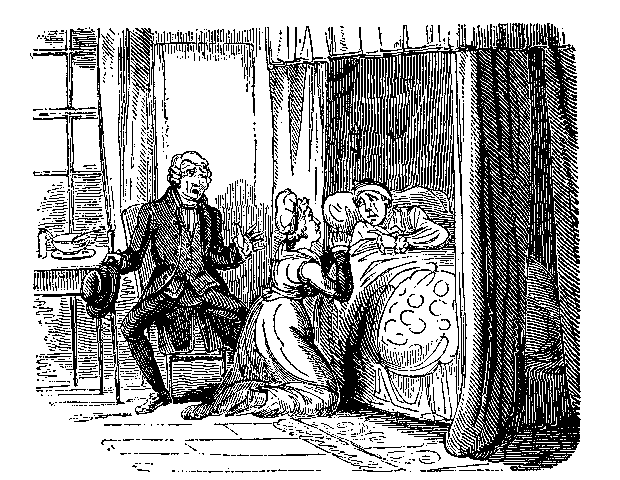I've promised music reviews, and so far I haven't done any, but let me put in a plug for a podcast, The Clockwork Cabaret. It's an aethernet version of a weekly radio show from North Carolina dedicated to steampunk music. Steampunk music? Yeah, I was suspicious at first, but the first episode I listened to had three artists that I already liked, so I figured I'd hang out and listen to more. And, well, I totally like it. I've always been intrigued by the Steampunk aesthetic, and the more I find out about it, the more intrigued I am. Of course, my vision of D&C has a similar aesthetic, although I'd want a more spooky slant to it. Screampunk, maybe? Worth looking into and thinking about.
There's been a remark made about a Dust & Corruption t-shirt, but I wouldn't have a clue about a design. Anyone have input or ideas?
So, let's see, what have I been up to lately? One night, I went to the last regular performance of the Weirdo Show at the Palace of Wonders, a great variety/vaudeville show. I won a beer-chugging contest and later got to mash a gal's face into a pile of broken glass. In other words, it was a typical night out for me. Anyway, here's a few memories...

Belladonna entrances the crowd with her bellydancing prowess.

Magician Erich Henning has some fun with bubbles.

Professor Sprocket tightens a loose screw.

Fire dancers Malibu and Surprise open their act.

Mab Just Mab goes walkin' on broken glass.

Belladonna balances.

Malibu retakes the stage for a scorchin' hot number.
And then I spent a day tooling around southern Maryland, a region that's always full of surprises and interesting byways.

An osprey lands on its nest at Piney Point.

The lighthouse at Piney Point. You can almost imagine the stormclouds building and the menacing music playing...

Empty, decrepit house on St. George's Island. An obvious setting for whatever hauntings you wish.

Moll Dyer's rock, on the grounds of the Leonardtown Historical Society. Moll Dyer was a purported witch who lived in a shack near Leonardtown in the late 1600s; according to the story, she was driven from her home on a frigid winter night by locals who wanted her gone from the town. They burned her home and she was found the next morning, frozen and dead, one hand raised as in prayer and the other firmly on the rock that now bears her name. Supposedly, though, many calamities befell the community after that, and it was widely believed that she cursed the town with her dying breath. In the 1970s, the rock was taken from the local woods and positioned on the grounds of the historical society. These days, there are tales of ghostly figures in the woods and odd sensations experienced around the rock.

My hand, in what's supposed to be the imprint of Moll Dyer's hand. I'm not sure if that's a real imprint of some sort, a fluke of nature, or the result of people over the years trying to find Moll Dyer's imprints and leaving an imprint of their own. Reportedly cameras regularly malfunction at the site, and people experience odd sensations. But nothing of the sort happened for me.

Ruined chimney, Purse State Park.

Afternoon light over the Potomac, Purse State Park.
It was a great afternoon's ramble, as you can tell. Lots of great sights and good weather. I grabbed a pine cone and some shells from the beach at Piney Point in addition to all my photos. I'll be going down that way again, maybe to investigate the supposedly haunted Point Lookout State Park, or hit St. Clement's Island, the first landing of European colonists in Maryland. Lots of old churches, plantation houses, and historic towns to nose about in. In other words, great territory for those of the Dust & Corruption persuasion. I'm sure there's places my readers like to ramble that get their imaginations going....anyone care to share?
Till next time...I'm gearing up for another sinister summer...








